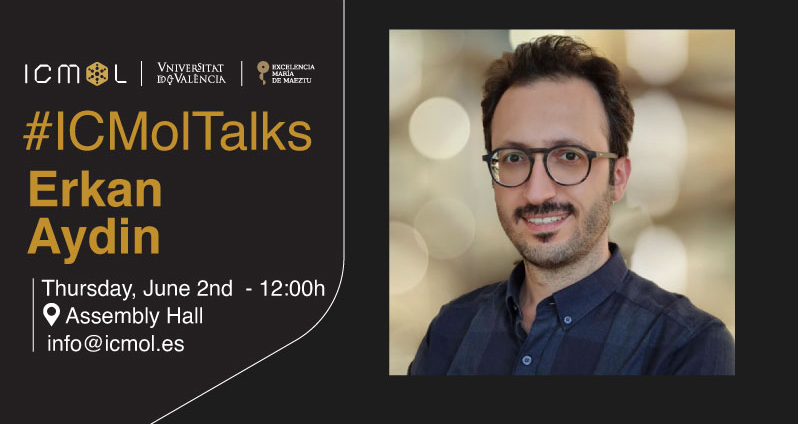
Efficient and Stable Perovskite/Silicon Tandem Solar Cells: Device Concepts and Stability Test Aspects"
Abstract
Due to their unique semiconductor properties, metal halide perovskites have attracted considerable attention for their application in tandem solar cells. Perovskite/silicon tandem solar cells are particularly appealing as they pair proven high power conversion efficiencies (PCEs, values close to 30% have already been reported) with the industrial maturity of crystalline silicon (c-Si) photovoltaics (PVs). Specifically, their solution-processing on industry-relevant textured crystalline silicon solar cells is critical to unlocking this technology's full potential. This talk delivers the rationale behind working textured bottom cells' motivation, explaining how we develop our efficient perovskite/silicon tandem solar cells, different device architectures and concepts, and lessons we learned from their outdoor stability tests.
Biography
Erkan Aydin earned his M.Sc. (2012) and Ph.D. (2016) degrees in the Micro and Nanotechnology Program from TOBB University of Economics and Technology, Ankara, Turkey. During this period, he has focused on developing chalcopyrite-based thin-film solar cells. In 2016, he joined the King Abdullah University of Science and Technology (KAUST) Solar Center, Jeddah, KSA, as a postdoctoral researcher for 3.5 years. Currently, he is a Research Scientist at KAUST Photovoltaics Laboratory. His expertise lies in developing the high-efficiency single-junction perovskite and perovskite/silicon tandem solar cells toward the market preparedness from multiple aspects such as novel device architectures, fabrication methods, and performance enhancements, scaling-up, and operational stability.

